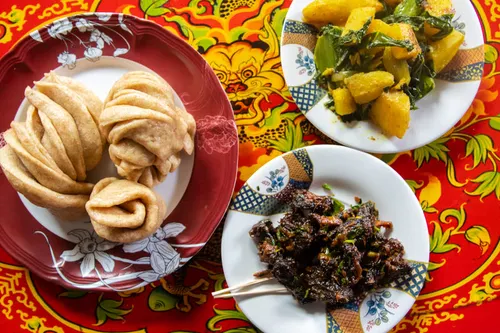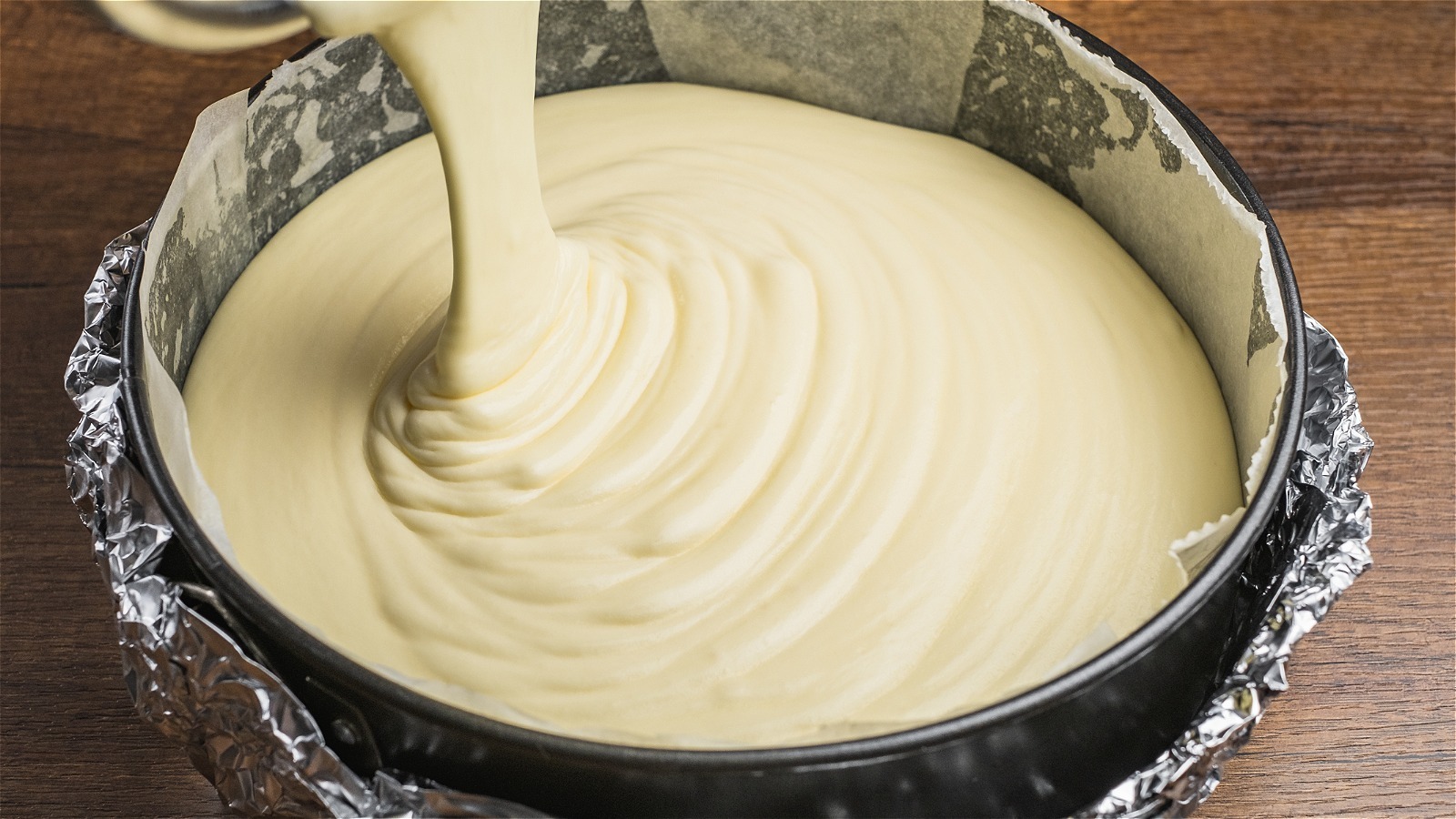Share this Article
Nepal’s street food culture is a vibrant tapestry of flavors, aromas, and traditions that reflect the country’s rich cultural diversity. While momo and chowmein have become global ambassadors of Nepali cuisine, the streets of Nepal offer a treasure trove of culinary delights that are equally tantalizing and deeply rooted in the nation’s history. From the bustling alleys of Kathmandu to the serene lakeside of Pokhara, street food is more than just a quick bite—it’s a way of life, a celebration of community, and a testament to Nepal’s resilience and creativity.
A Taste of History: The Origins of Nepal’s Street Food
The history of Nepal’s street food is as diverse as its people. Influenced by its neighbors—India, Tibet, and China—Nepali street food is a melting pot of flavors and techniques. The Newar community, indigenous to the Kathmandu Valley, has been instrumental in shaping the street food culture. Dishes like Chatamari (a rice flour crepe) and Yomari (a sweet dumpling) have been part of Newar festivals and daily life for centuries.
The introduction of momo, a Tibetan delicacy, in the 1960s marked a turning point in Nepal’s street food scene. Initially popularized by Tibetan refugees, momo quickly became a national favorite. Similarly, chowmein, brought by Chinese traders, found its way into the hearts of Nepalis, evolving into a uniquely Nepali dish with a spicy twist.
Street food in Nepal has always been more than just sustenance. It’s a reflection of the country’s agrarian roots, with ingredients like rice, lentils, and seasonal vegetables forming the backbone of many dishes. It’s also a symbol of Nepal’s adaptability, as it absorbed influences from various cultures and made them its own.
The Present: A Culinary Adventure on Every Corner
Today, Nepal’s street food scene is a dynamic and ever-evolving landscape. Walk through the streets of Kathmandu, and you’ll find vendors serving up everything from savory snacks to sweet treats, each with its own story and flavor profile.
Iconic Dishes That Define Nepal’s Street Food
- Momo: The undisputed king of Nepali street food, momo is a steamed or fried dumpling filled with meat or vegetables. Served with a fiery tomato-based chutney, it’s a dish that unites people across generations and regions.
- Chatamari: Often referred to as the “Nepali pizza,” this rice flour crepe is topped with minced meat, eggs, or vegetables. It’s a staple during Newar festivals and a must-try for food enthusiasts.
- Sekuwa: Grilled meat marinated in a blend of spices, sekuwa is a smoky, flavorful delight often enjoyed with a side of beaten rice (chiura).
- Yomari: A sweet dumpling made from rice flour and filled with molasses and sesame seeds, yomari is a traditional Newar delicacy that’s as delicious as it is symbolic.
- Sel Roti: A crispy, ring-shaped rice doughnut, sel roti is a festive treat that’s often paired with yogurt or vegetables.
- Pani Puri: Borrowed from India but given a Nepali twist, this tangy, spicy snack is a favorite among young Nepalis.
The Emotional Connection
For many Nepalis, street food is more than just a meal—it’s a nostalgic journey. The aroma of sizzling sekuwa or the sight of a momo vendor steaming dumplings can evoke memories of childhood, festivals, and family gatherings. Street food is also a great equalizer, enjoyed by people from all walks of life, from students on a budget to office workers grabbing a quick bite.
The Rise of Social Media
Platforms like Instagram and TikTok have given Nepal’s street food a global audience. Food bloggers and influencers are showcasing lesser-known dishes, turning humble street vendors into viral sensations. Hashtags like #NepaliStreetFood and #FoodieNepal are bringing international attention to the country’s culinary gems.
Challenges in the Street Food Scene
Despite its popularity, Nepal’s street food culture faces several challenges. Hygiene and food safety remain major concerns, with limited regulations in place. Many vendors operate in makeshift setups, often lacking access to clean water and proper waste disposal facilities. Additionally, the COVID-19 pandemic hit the street food industry hard, with many vendors struggling to stay afloat.
However, the resilience of Nepal’s street food vendors is remarkable. Many have adapted by offering delivery services or using social media to reach customers. Organizations and local governments are also stepping up to provide training on food safety and hygiene, ensuring that the street food scene can thrive while keeping customers safe.
The Future: Innovation and Global Recognition
The future of Nepal’s street food culture is bright, with innovation and tradition going hand in hand. Here’s what lies ahead:
Fusion and Experimentation
Young chefs and entrepreneurs are reimagining traditional street food, blending it with global flavors. Think momo tacos, yomari ice cream, or sekuwa burgers. These creative twists are attracting a new generation of food lovers while preserving the essence of Nepali cuisine.
Street Food Festivals
Events like the Kathmandu Street Food Festival are gaining popularity, bringing together vendors, chefs, and food enthusiasts. These festivals not only celebrate Nepal’s culinary heritage but also provide a platform for vendors to showcase their creativity.
Global Recognition
Nepali street food is slowly making its way onto the global stage. Restaurants in cities like New York, London, and Sydney are offering dishes like momo and chatamari, introducing international audiences to the flavors of Nepal. This global exposure is creating opportunities for Nepali chefs and entrepreneurs to share their culture with the world.
Sustainability and Innovation
As the world becomes more conscious of sustainability, Nepal’s street food scene is also evolving. Vendors are increasingly using eco-friendly packaging and locally sourced ingredients. Initiatives like zero-waste street food stalls are gaining traction, ensuring that the industry grows responsibly.
Nepal’s street food culture is a testament to the country’s rich history, diverse communities, and unwavering spirit. It’s a culinary journey that takes you through the heart of Nepal, from the bustling streets of Kathmandu to the serene corners of Pokhara. Whether it’s the comforting taste of momo, the festive joy of yomari, or the smoky allure of sekuwa, every bite tells a story.
As Nepal’s street food scene continues to evolve, it remains a source of pride and joy for its people. It’s not just about the food—it’s about the connections, the memories, and the shared love for flavors that bring people together. So, the next time you find yourself in Nepal, take a walk through its streets, follow the aroma, and let the flavors of Nepal’s street food culture take you on an unforgettable journey.
Categories:
Food & Drink
Tags:
NepalStreetEats
,
NepaliFoodCulture
,
KathmanduFood
,
NepaliDelights








